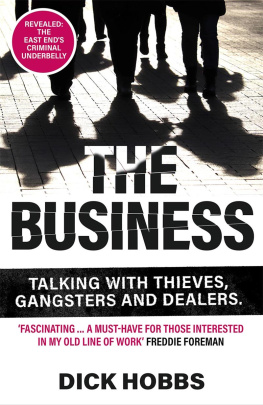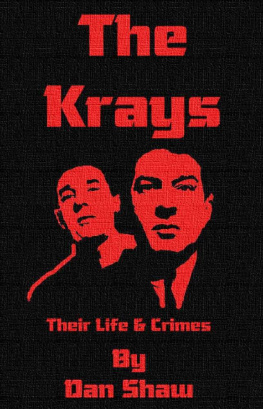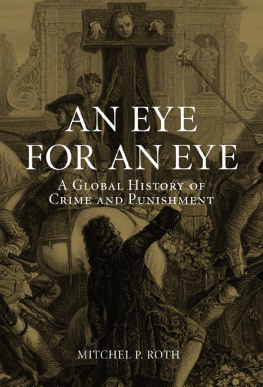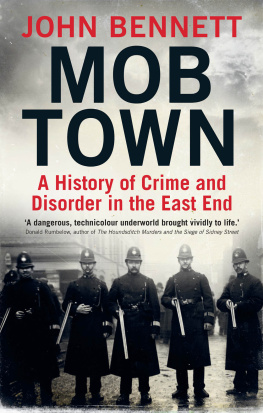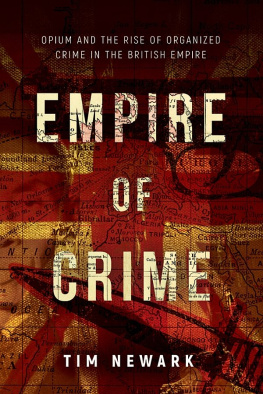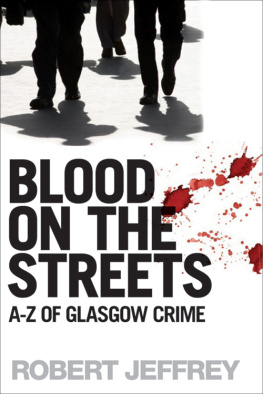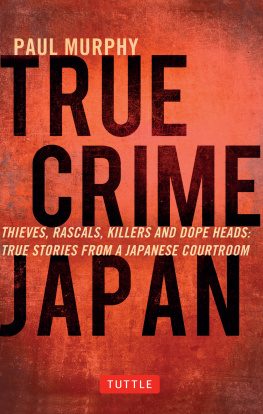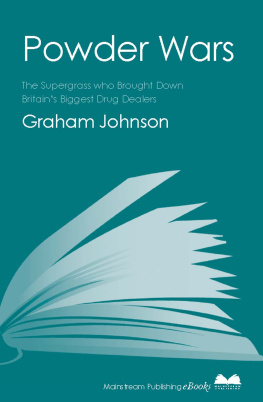


First published in the UK by John Blake Publishing
an imprint of Bonnier Books UK
The Plaza,
535 Kings Road,
London SW10 0SZ
Owned by Bonnier Books
Sveavgen 56, Stockholm, Sweden
www.facebook.com/johnblakebooks 
twitter.com/jblakebooks 
First published in paperback in 2021
Paperback ISBN: 978-1-78946-414-6
Ebook ISBN: 978-1-78946-416-0
Audiobook ISBN: 978-1-78946-415-3
All rights reserved. No part of this publication may be reproduced, stored in a retrieval system, or transmitted in any form or by any means, without the prior permission in writing of the publisher, nor be otherwise circulated in any form of binding or cover other than that in which it is published and without a similar condition including this condition being imposed on the subsequent purchaser.
British Library Cataloguing-in-Publication Data.
A catalogue record for this book is available from the British Library.
Design by www.envydesign.co.uk
1 3 5 7 9 10 8 6 4 2
Text copyright Dick Hobbs
The right of Dick Hobbs to be identified as the author of this work has been asserted by him in accordance with the Copyright, Designs and Patents Act 1988.
Every reasonable effort has been made to trace copyright-holders of material reproduced in this book, but if any have been inadvertently overlooked the publishers would be glad to hear from them.
John Blake Publishing is an imprint of Bonnier Books UK
www.bonnierbooks.co.uk
Dedicated to:
Sue, our sons Pat and Nik, and our grandson
Alfie Jack Hobbs.
And to skulduggery
CONTENTS
You fucking come and see me, fucking write about me you fucking long streak of fucking useless... Come and put this in a fucking book, fucking Professor fucking Thunderbirds Brains.
TEDDY
This book is about criminal lives and how they have changed over time. I have used the words of thieves, gangsters and dealers along with my observations to present a nuanced view of a complex world that is usually misrepresented and too often glamourised. While a few big name historical figures do make an appearance, I have always been far more interested in people near the bottom of the food chain, the poor bloody infantry, who do the hard work and serve most of the hard time.
Much of the research was done on the villains home ground, in pubs, cafes, pie and mash shops, workshops, garages and warehouses, as well as in front rooms and kitchens. I also attended birthdays, weddings and funerals, and become acquainted with some of their spouses, girlfriends, boyfriends, children, grandchildren, and great-grandchildren. Since I started studying crime in the early 1980s, many changes have taken place and most of the venues where I conducted my early research have now been demolished, while the neighbourhoods in which they stood have been infected by gentrification, the original occupants either fleeing to the suburbs or retreating to the sofa with a bottle of supermarket spirits and a few ounces of bootlegged tobacco.
I also spoke to a few writers, barristers, drug rehab professionals, local council officials, Customs officers, civil servants, police officers, and, around the turn of the 21st century, during that fascinating period between the end of the Cold War and 9/11, to members of the security services. However, while I have benefited from off-the-record chats with pissed off police officers, I found that official information was geared towards the agenda of whatever police agency had passed it on and that generally, police case files or intelligence reports, even when they were not redacted to the extent of being worthless, told me more about police work than they did about criminal life. This is due to the fact that the ultimate aim of the police is to gain convictions, whereas my job is to understand criminal life, and seldom the twain meet. Indeed, in the mid-1990s, when a confidential report that I had written on the policing of organised crime was leaked and made front page headlines next to an account of the final days proceedings at the Conservative Party annual conference, the head of the National Criminal Intelligence Service threatened me with a visit from the security services. However, if MI5 did visit my office, I must have been in the pub at the time and I continued to operate as a researcher publishing books, papers and reports for an academic readership.
I am not an investigative journalist intent on exposing crime, criminals or criminal groups, and I have never had to work undercover that would have been ridiculous. I just talked to a lot of people who have been involved in crime and kept my ears and eyes open, while simultaneously reading everything I could lay my hands on that has been written about crime and criminal life. I had no interest in putting any of the people that I have studied into prison. Consequently, with a few obvious exceptions, all of the individuals and many of the places mentioned in this book have been anonymised, and some incriminating details have been altered or omitted in order to protect the guilty. Indeed, many, perhaps most, of the people featured in this book are dead, living in the suburbs, or both, and I can state with total confidence that no animals or villains were harmed in the writing of The Business.
Part one of this book is based largely in and around London and covers the post-Second World War criminal era that was dominated by extortion and theft. Part two has a wider geographical scope and is concerned with the impact of the drug trade and the other unlicensed enterprises that have replaced the old underworld and now dominate large portions of the overworld. Much of my career has been spent decrying the tendency since the early 1990s for both the police and their friends in the mass media to present serious crime in terms of Mr Bigs and the infiltration of British life by foreign villains, mafias, cartels and other cliches of organised crime. The truth is far more mundane. Throughout The Business, whenever possible, I let ordinary criminals talk about ordinary crime.
I first went to university in my early thirties and then embarked on an academic career researching criminal life. I am now retired as a full-time academic and, looking back, I realise that I was fortunate to work in higher education when I did: I was given a lot of freedom and I had a really good time. Researching various aspects of crime enabled me to make a living from what became an obsession but, as I explain in chapter one, my exposure to the world of skulduggery did not begin at university.
Leak reveals contempt for British FBI Independent, 10 October 1996.
ONCE UPON A TIME IN PLAISTOW: A STROLL DOWN FELONY LANE
And when at last I made into the East End, I was gratified to find that the fear of the crowd no longer haunted me. I had become a part of it. The vast and malodorous sea had welled up and over me, or I had slipped gently into it, and there was nothing fearsome about it.
JACK LONDON, INTO THE ABYSS
THE SMOG OF WAR
Mum was in trouble. She had newborn twin boys in the pram and was dragging a two-year-old me by the hand through another killer London smog. We were all coughing. She had survived the Blitz despite working night shifts in a munitions factory, stepping over fire hoses and crunching over broken glass as she returned home in the early morning, through smouldering piles of rubble and dust and past billowing curtains and splashes of torn wallpaper. A few doors down from her home in Plaistow, three generations of one family died in their Anderson shelter at the bottom of the garden. Bomb blast had broken their necks and when my grandfather found the bodies they looked as if they were sleeping. One night, the river itself was alight. Then South Hallsville school, which was being used as an evacuation centre, received a direct hit, killing an estimated 600 sheltering civilians. Many of the bodies were not recovered and after the war, the bombsite was bulldozed and tarmacked over.
Next page
